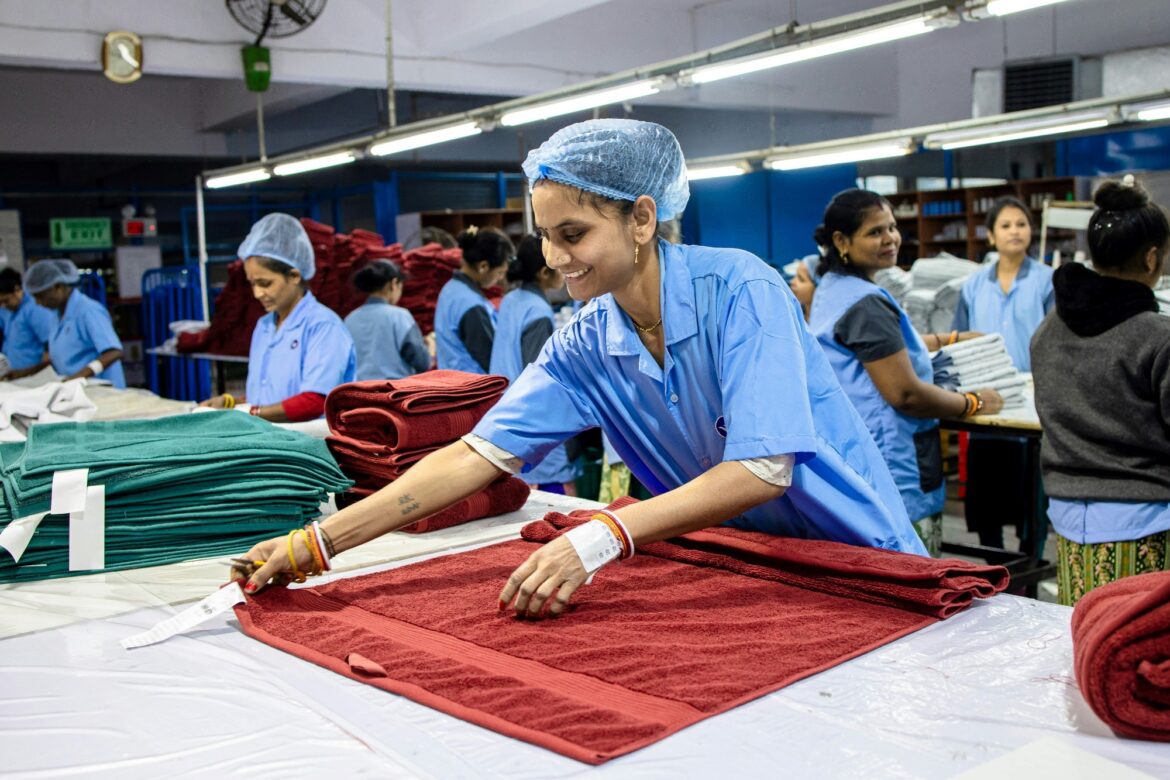Leaders from Bangladesh’s bustling garment world gathered with US officials in Dhaka to explore fresh ways to bring in man-made fibers from America, sparking hopes for smoother trade paths and stronger factories that keep clothes flowing to stores worldwide without extra costs weighing them down. At the center of the chat was a helpful new rule from the US that lets Bangladeshi outfits skip a 20 percent extra fee on exports as long as one-fifth of the materials come from American sources, a chance that’s got everyone buzzing about quicker growth and fairer deals for hardworking seamstresses and designers. The head of the garment makers’ group shared his thoughts clearly, saying the whole industry is keen to jump on this opening, picturing teams blending US threads with local skills to craft tops and pants that sell fast in big markets. This isn’t just talk—it’s about making sure every step from farm to factory shows clear tracks, so buyers know exactly where the yarn comes from and trust builds like a solid stitch. Folks on both sides nodded over ideas like building a handy storage spot right by the Chattogram seaport, where ships could unload cotton bales in a flash, cutting wait times that used to slow down production lines and frustrate planners. Such a setup could mean more steady supplies for mills, letting workers focus on quality pieces that fit trends like comfy athleisure or crisp office wear, all while keeping prices friendly for shoppers abroad. The garment scene here thrives on these kinds of team-ups, where smart sourcing turns challenges into strengths, helping small shops scale up and create spots for more hands to join in sewing dreams into reality. Beyond the fibers, the visitors gently reminded everyone about matching work rules to global ways, a nod to keeping things safe and fair for those who power the machines day after day, much like partners around the world expect in shared trades. Wrapping up, the group eyed teaming with the US cotton crew for hands-on tips, from picking the best blends to sharing know-how that sparks even brighter ideas in design rooms. This push feels like a gentle lift for an industry that’s already a powerhouse, churning out favorites that fill wardrobes everywhere with style and ease. By grabbing these import perks, factories can hum with fresh energy, drawing in steady orders that reward effort and spread good vibes through neighborhoods tied to the trade. It’s a picture of progress where threads from across the ocean weave into local stories, boosting jobs and joy for families who count on the rhythm of needles and looms. As these plans take shape, the air fills with promise, showing how open chats and bold steps can dress up tomorrow in colors of success and shared wins.
Bangladesh Garment Industry Eyes US Fibers Boost: Unlocking Smarter Imports for Duty-Free
18


